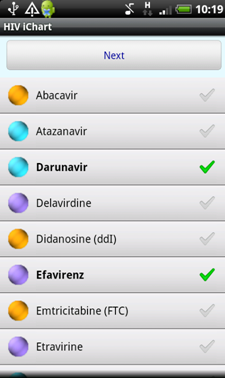Drug-to-Drug Interaction
Useful, reliable, comprehensive, up-to-date, evidence-based drug-drug interaction resource
Overview
HIV drugs (‘anti-retrovirals’ or ARVs) are amongst the most therapeutically risky drugs for serious drug-drug interactions. Large-scale surveys in North America, Europe and sub-Saharan Africa indicate that clinically significant interactions are present in around 1 : 3 to 4 patients receiving ARVs. One large survey of more than 5000 outpatient prescriptions in California reported harms resulting to 10% of patients receiving contraindicated medications with their ARVs - almost certainly an underestimate. Further, around 5-10% of clinically significant drug interactions have the capacity to lower ARV exposure, thus increasing the risk of HIV treatment failure. This risk is even higher in sub-Saharan Africa, because of the types of interactions encountered, and the comparative lack of monitoring to detect clinical harms in a timely manner.
